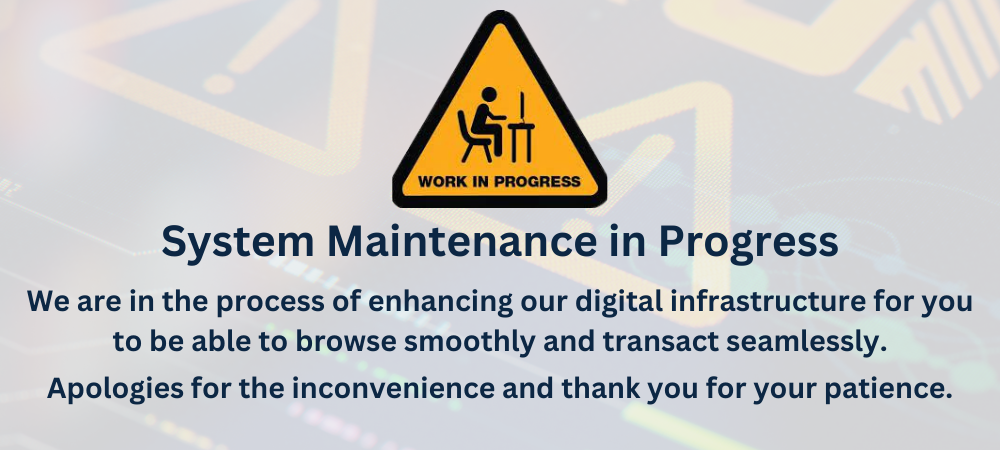Blog |
The term “Glide Path” is borrowed from terminology used in the aviation industry as the plane makes its final descend towards its destination. However, the term “Glide Path” is also an important terminology in the personal finance asset allocation space as well. Though not that common and known concept in India.
What is Glide Path?
It’s a key concept of asset allocation whereby the exposure towards relatively riskier assets diminishes as the investor nears his or her goal. Asset Allocation is a driver towards achieving one’s goal and glide path ensures that there are no unwanted risk impact at the goal achievement stage.
How does glide path work?
Like aircraft which loses altitude and reduces its speed while approaching its destination, glide path also makes sure that the exposure to riskier asset in the portfolio such as equity reduces as the goal nears. For better explanation, investor who is investing for his/her retirement which is another 20 years down the line will have a portfolio which will be tilted towards equity 80% and the rest 20% in relatively safer asset class i.e. debt for maximum term of the 20 year period. This would make sure that the portfolio nurtures itself in the initial 10-15 years as the exposure to riskier asset is on the higher side. However, once the portfolio enters the 15th years, the exposure to equity starts to reduce and eventually becomes negligible as the goal nears.
The idea is simple. As the goal nears one would want to use the money accumulated over the years to fulfil the goal. Hence it is shifted to relatively safer asset classes where the money can be easily withdrawn and there is very little ‘threat’ to the principal amount.
Types of Glide Path
Static Glide Path – A static glide path as the name suggests will have same asset allocation through out the tenure of the goal for e.ge. 60% in equity and 40% in debt will remain static for the entire tenure of the goal. In an unforeseen scenario when the asset allocation changes on account of market movement the portfolio will re-balance itself to the earlier allocation of 60:40.
Declining Glide Path – The most used glide path in the industry where the exposure to the riskier asset gradually reduces as the time goes by
Rising Glide Path – Its uncommon type of glide path where the exposure to higher risk asset increases gradually and is at maximum as the goal nears
Why is Glide Path important?
All asset classes offer different risk – return scenarios to investors and they do not perform in similar manner to any change in market dynamics. If the investor continues with a static asset allocation during the entire journey of goal fulfilment, the portfolio would be relatively more susceptible to market volatility as the portfolio will be titled to the aggressive assets always. Any black swan event like COVID may hamper the portfolio performance and derail the asset allocation for the investor. Hence it is very important to have a glide path approach. The portfolio will gradually rebalance to accommodate higher proportion of relatively less risky asset such as debt and gold, midway of goal fulfilment journey. Eventually the portfolio allocation will be completely opposite to the allocation with which the goal fulfilment journey started (oriented towards preserving wealth rather than generating it).
What should be an ideal portfolio allocation model?
Investors asset allocation depends on various personal parameters such as risk profile, investment time horizon, goal, income, expenditure and so on. Hence suggesting an ideal portfolio asset allocation without understanding the customer profile is not the best practice. However, investors may refer to the rule of 100 i.e., simply subtracting the investors age from 100 to determine portfolios equity allocation. Let me re-iterate, this is not an ideal way to determine asset allocation but investors may look into the same if they are unable to devote time to diligently complete profiling journey.

